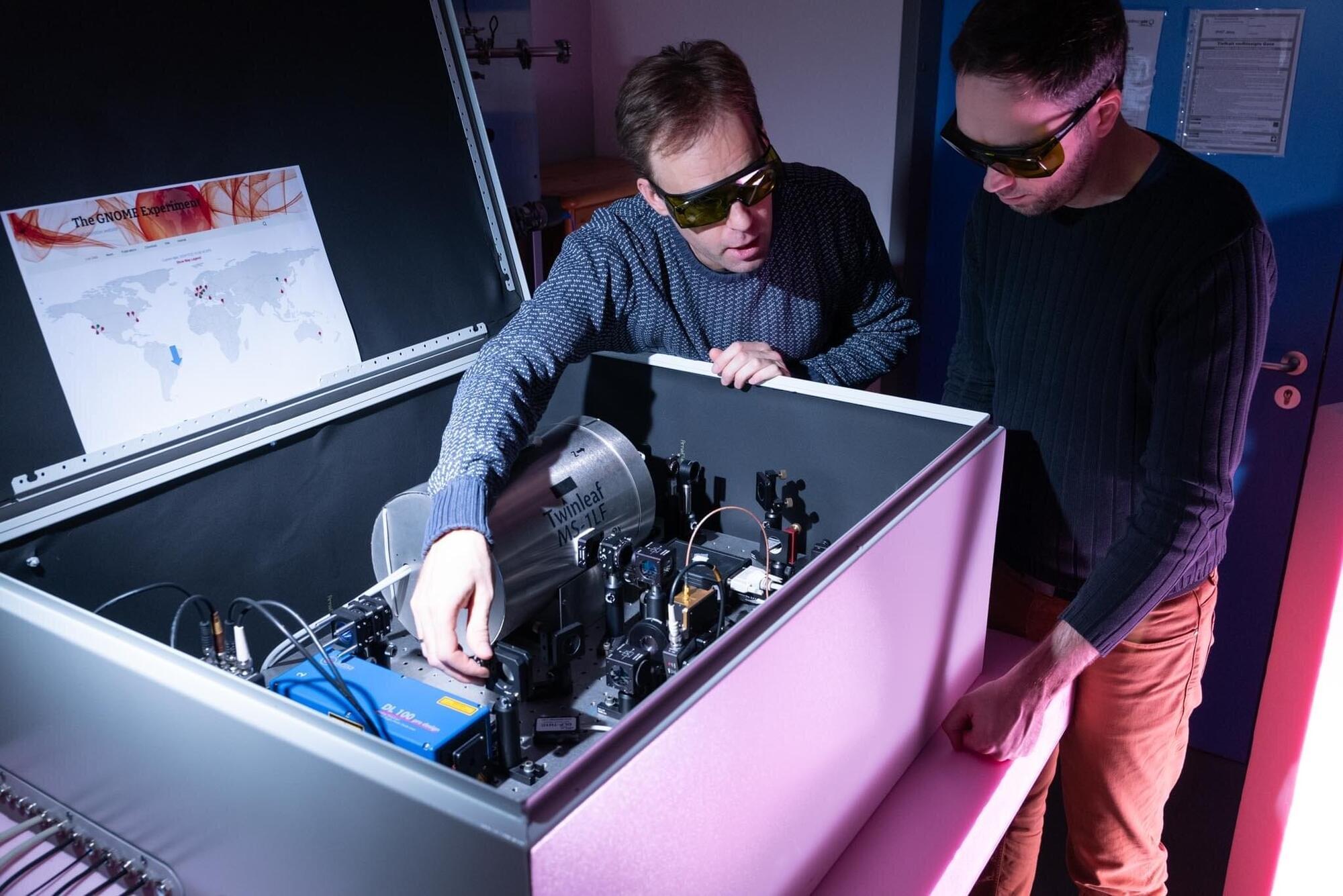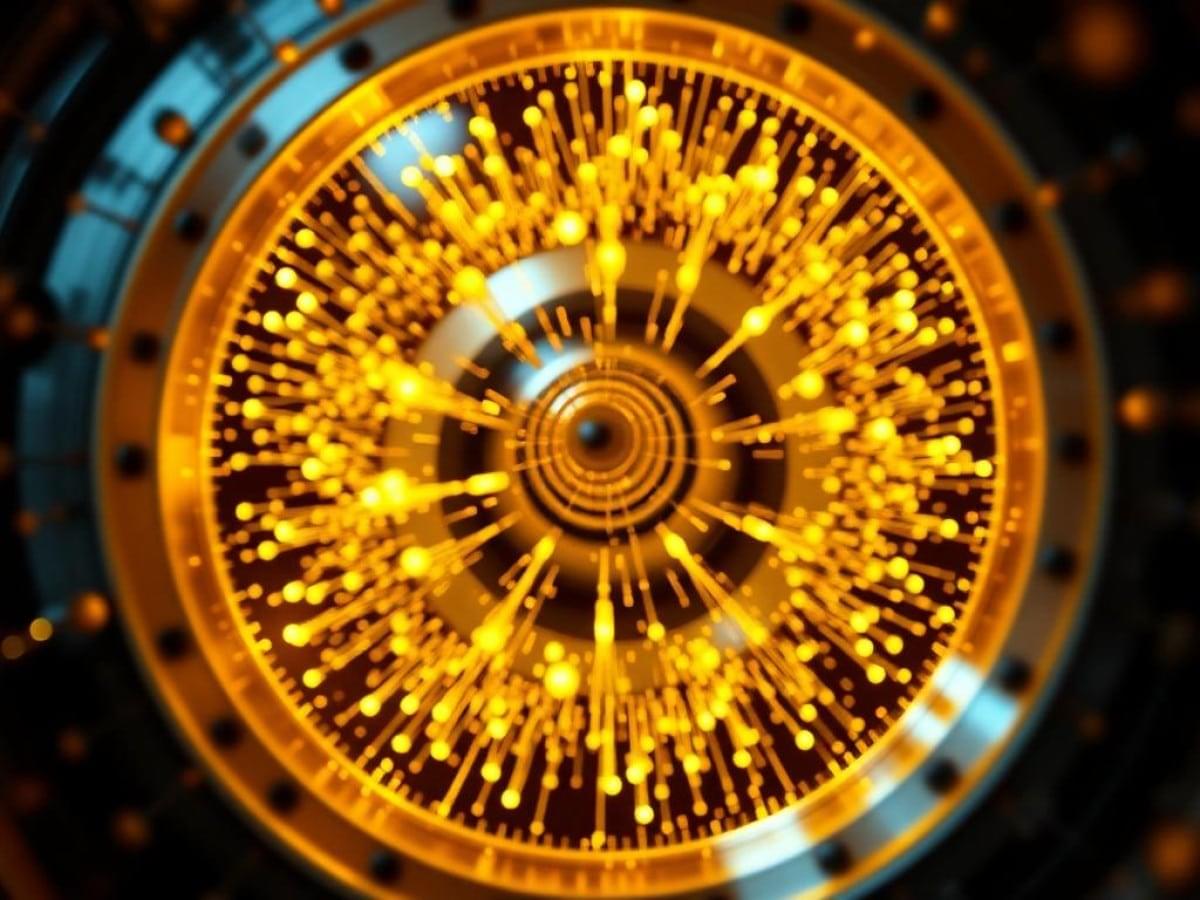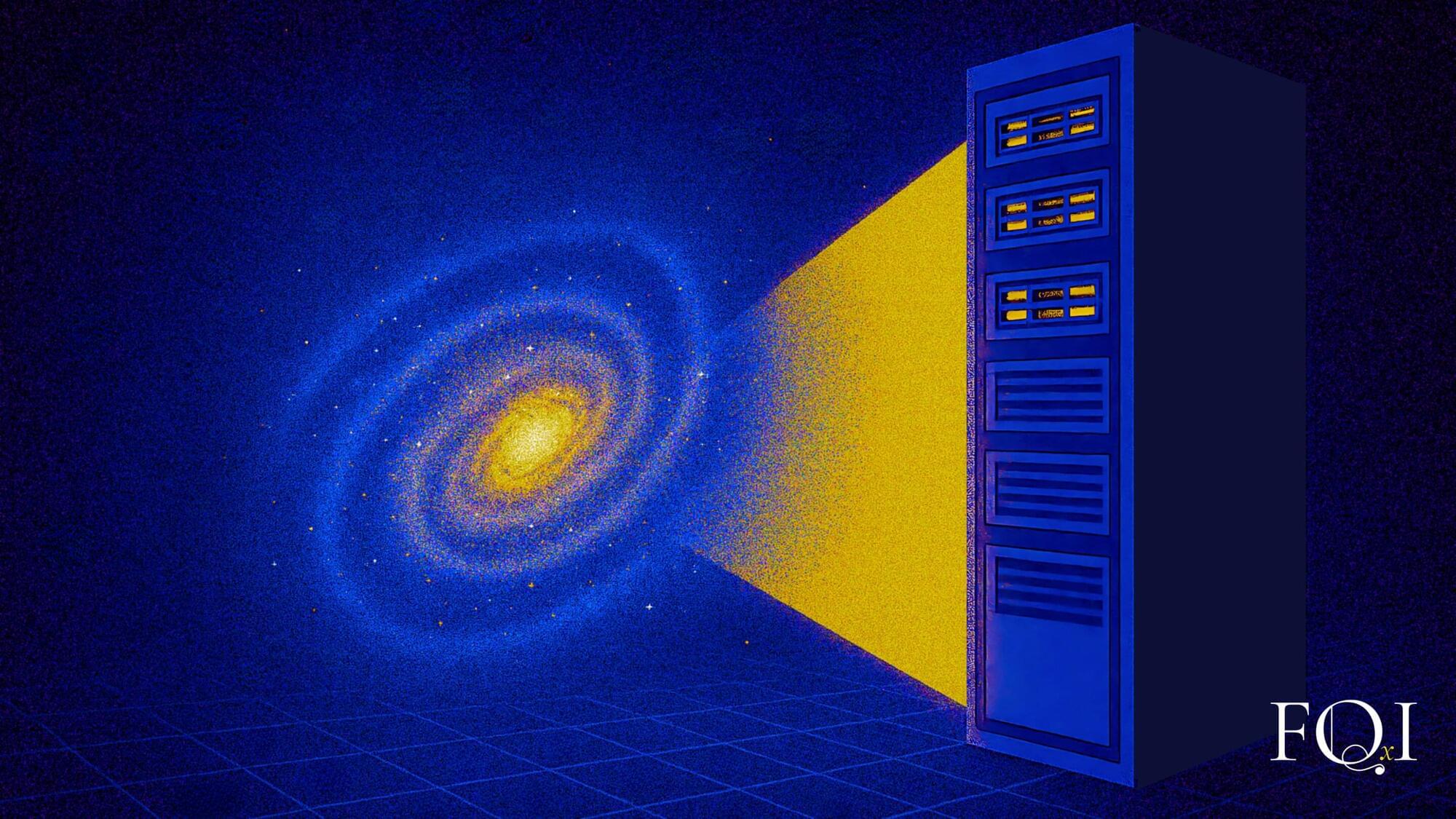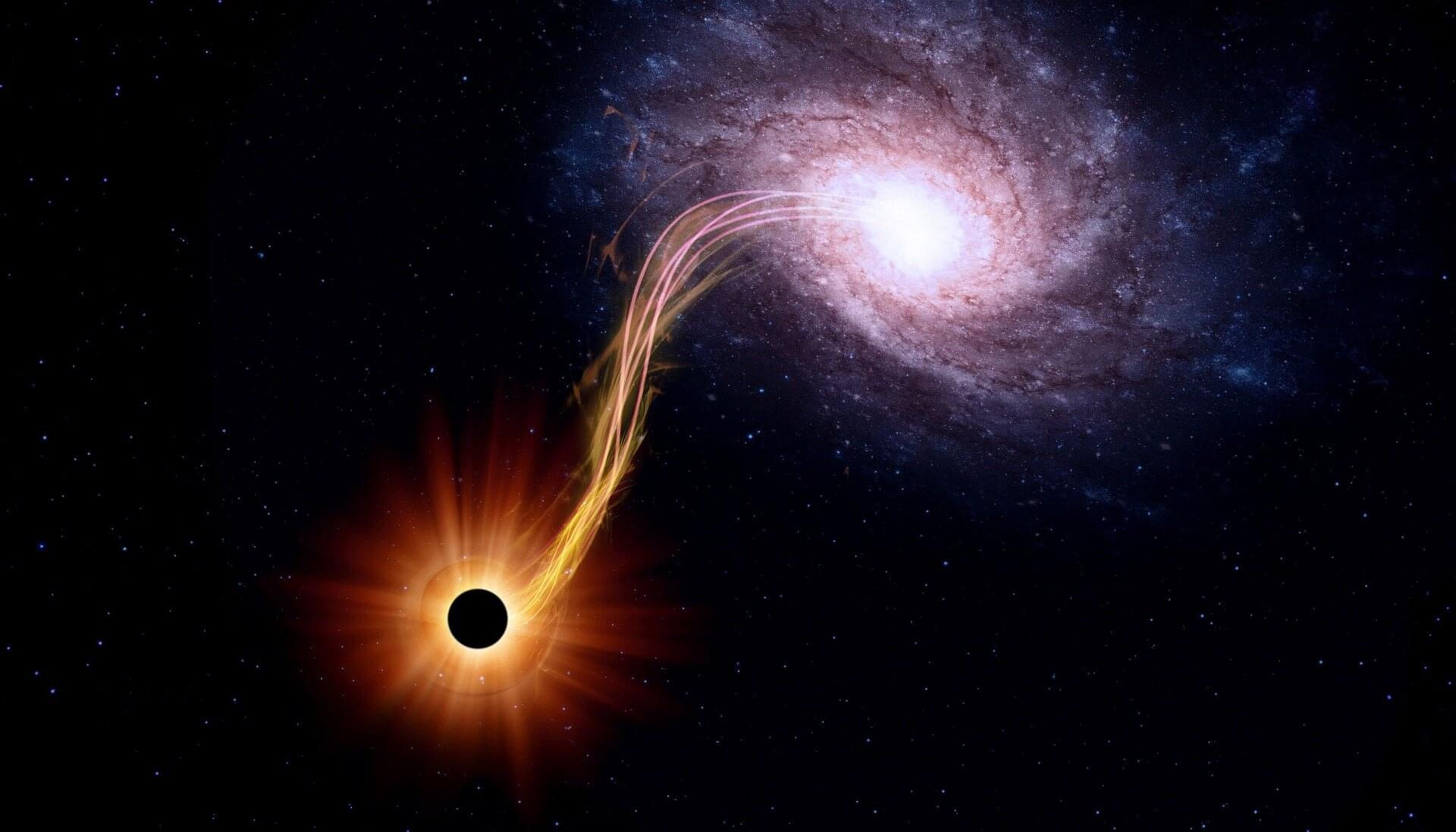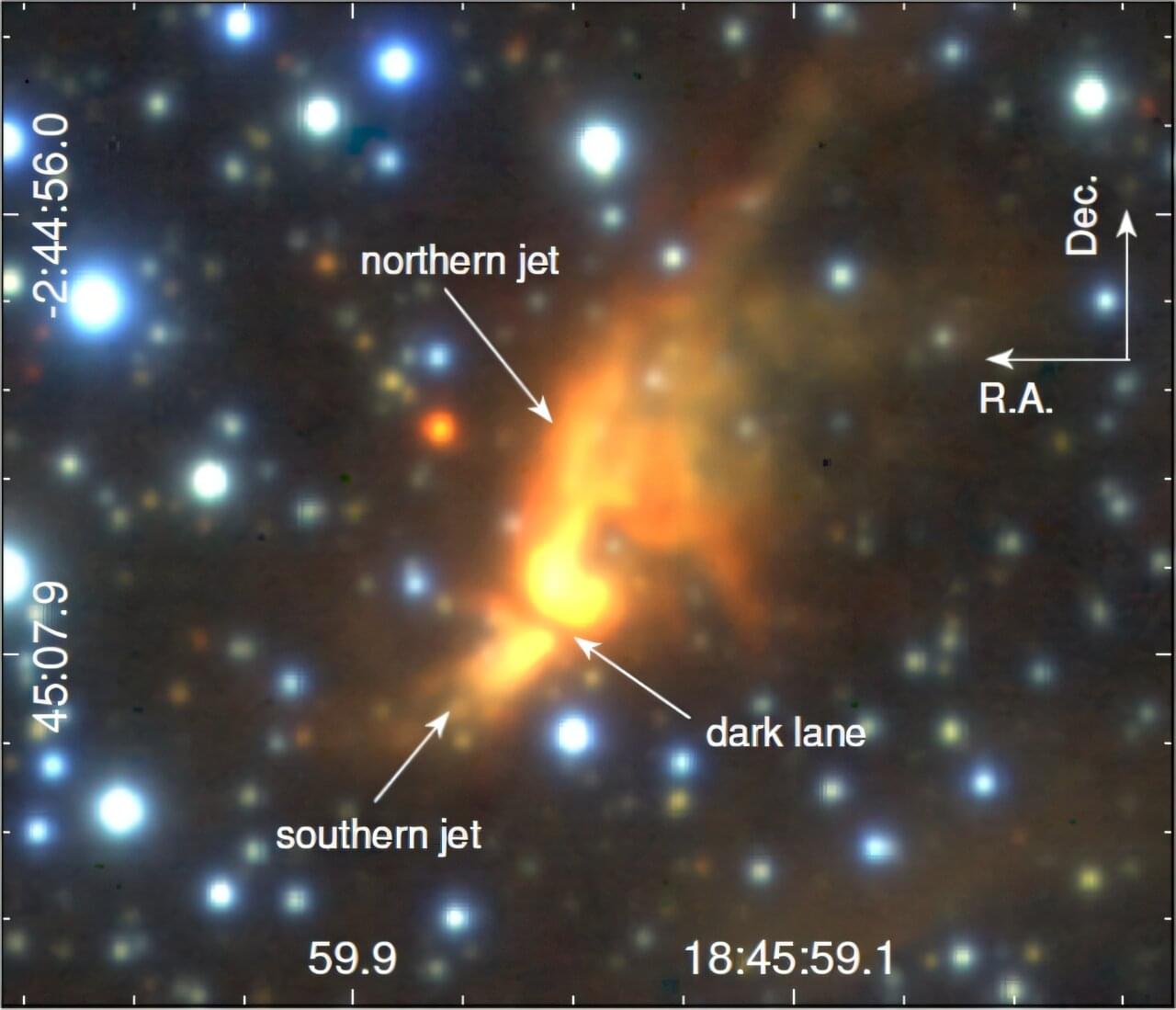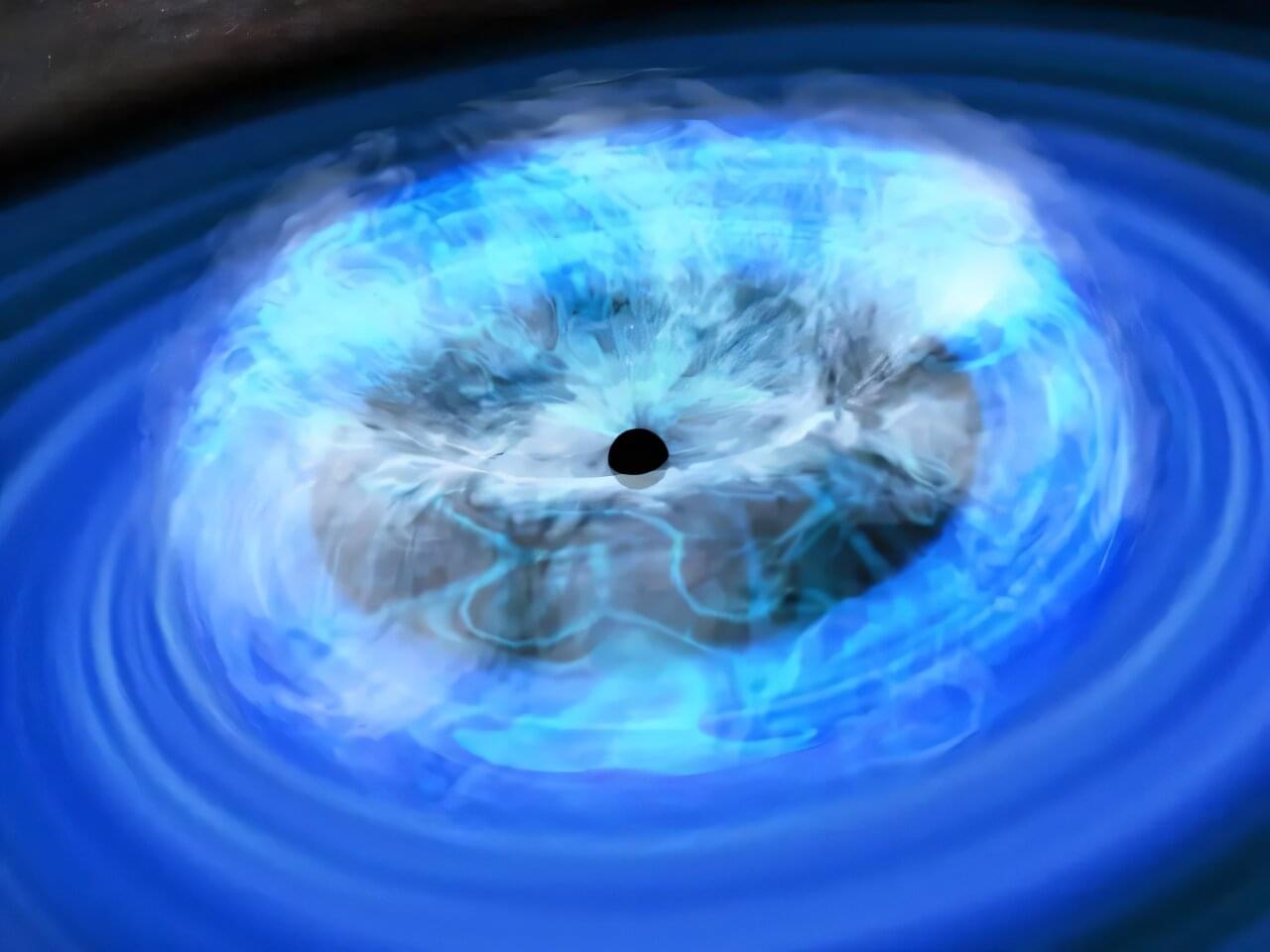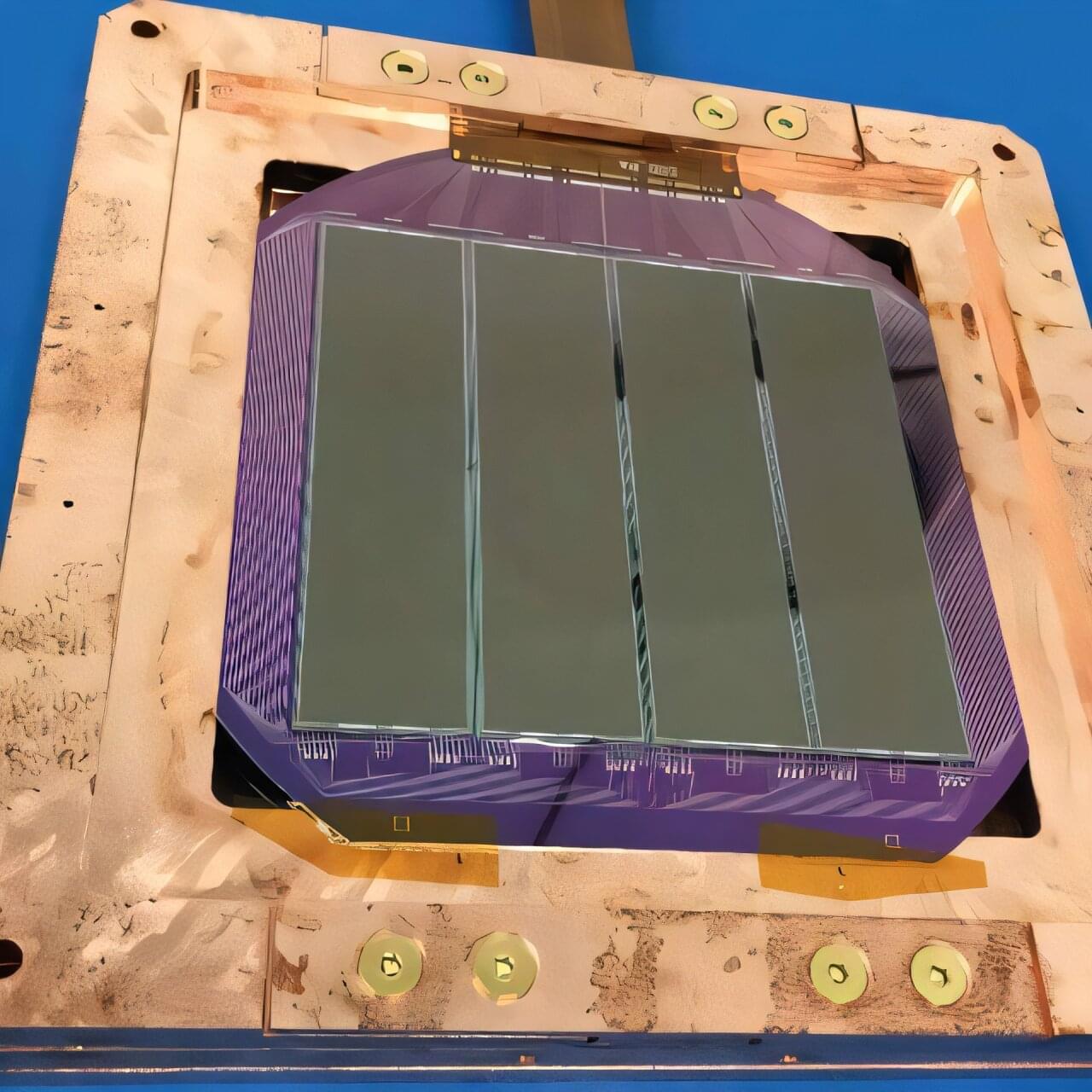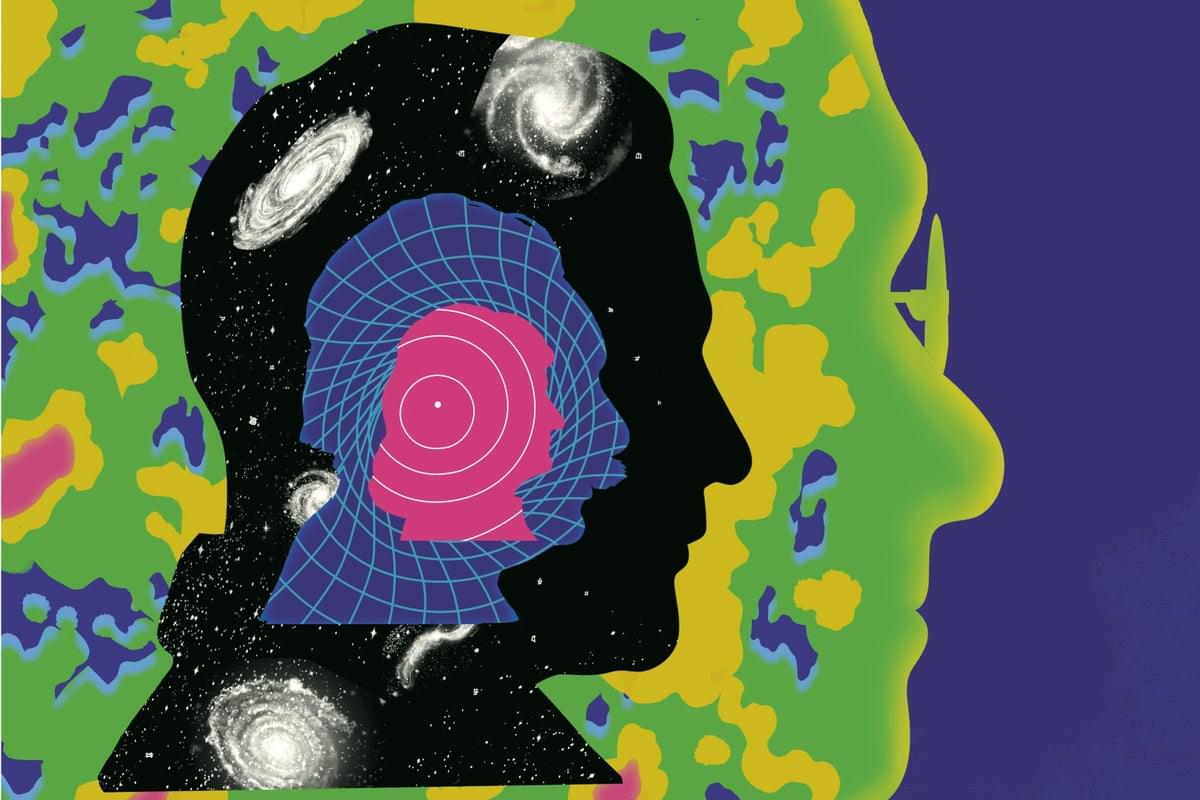Four RIKEN researchers have used two small quantum computers to simulate quantum information scrambling, an important quantum-information process. This achievement illustrates a potential application of future quantum computers. The results are published in Physical Review Research.
Still in their infancy, quantum computers are only just beginning to be used for applications. But they promise to revolutionize computing when they become a mature technology.
One possible application for quantum computers is simulating the scrambling of quantum information—a key phenomenon that involves the spread of information in quantum systems ranging from strange metals to black holes.

